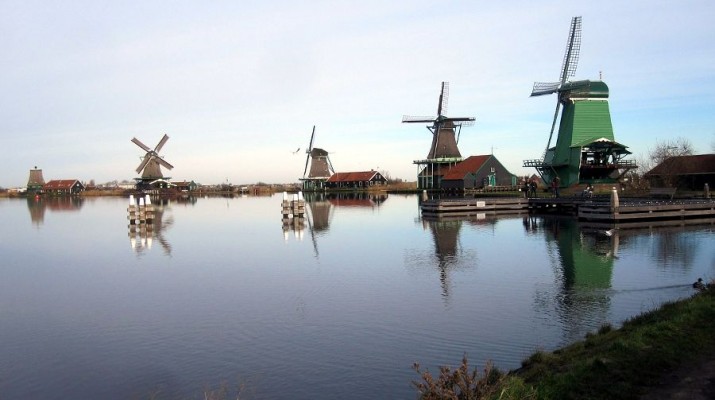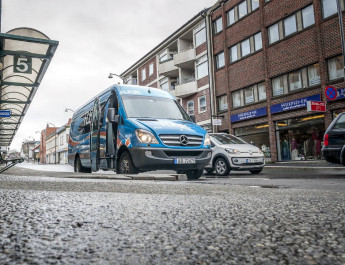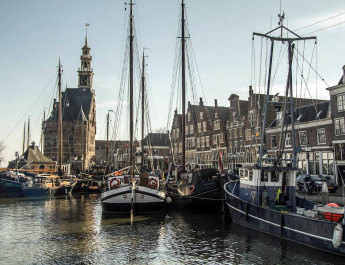What is known for the Netherlands? Of course with windmills, cheese and tulips. The Dutch love their old windmills and wooden houses. The proof of this love is a beautiful open-air museum Zaanse Schans. Skansen is located in the town of Zaandam, near Zaandijk. The area is situated on the river Zaan. Construction of the windmills on the river Zaan has already started around the year 1600.
The first task of these structures was to be drying out of land adjacent to the river. Later it was extended to the work of a typical production. It was, inter alia, milling of cereals, mustard, tobacco or wood, and the pressing of edible oil.
With time, windmills become merely a tourist attraction, since replaced by steam engines. Some of these windmills were dismantled. To date, it remained in the museum thirteen pieces. You can admire the windmills named De Huisman ( “Host”), De Bonte Hen ( “Coloured Hen”), De Os ( “Ox”), De Gekroonde Poelenburg ( “Crowned Poelenburg”), Het Jonge Schaap ( “Young sheep” ), De Zoeker ( “Seeker”), Het Klaverblad ( “clover Leaf”) and De Kat ( “cat”). It is worth noting that the windmill De Kat is the world’s only windmill, which grinds paint pigments. Other windmills grind mustard seeds, produce oil or eaten function as logs. Windmills of the Zaanse Schans museum are the biggest attraction for foreign tourists. Tourists with great satisfaction watching historic structures windmills.
In the museum we can also visit the homes of the old wooden houses. Like a museum, but in fact they utilize it normal inhabitants of the Netherlands. Exercising the quiet everyday life. In addition, we visit the museum of clogs. Beautifully painted clogs are works of art. Patterns or motifs of tulips or windmills gracefully promote the culture of this country.
In the Netherlands, we can see the windmills in Amsterdam and south of Amsterdam, in the village of Kinderdijk (Tama Children). In Amsterdam, we can admire eight windmills. All have their names. The oldest of them is called De Otter (Beaver) and was built about the year 1630. At the beginning of its activity, it served as drainage and works today as a sawmill. But in Kinderdijk we see as many as 19 historic windmills. They were built about rhe year 1740 and were designed to pump out water from low-lying areas beyond the dam.



